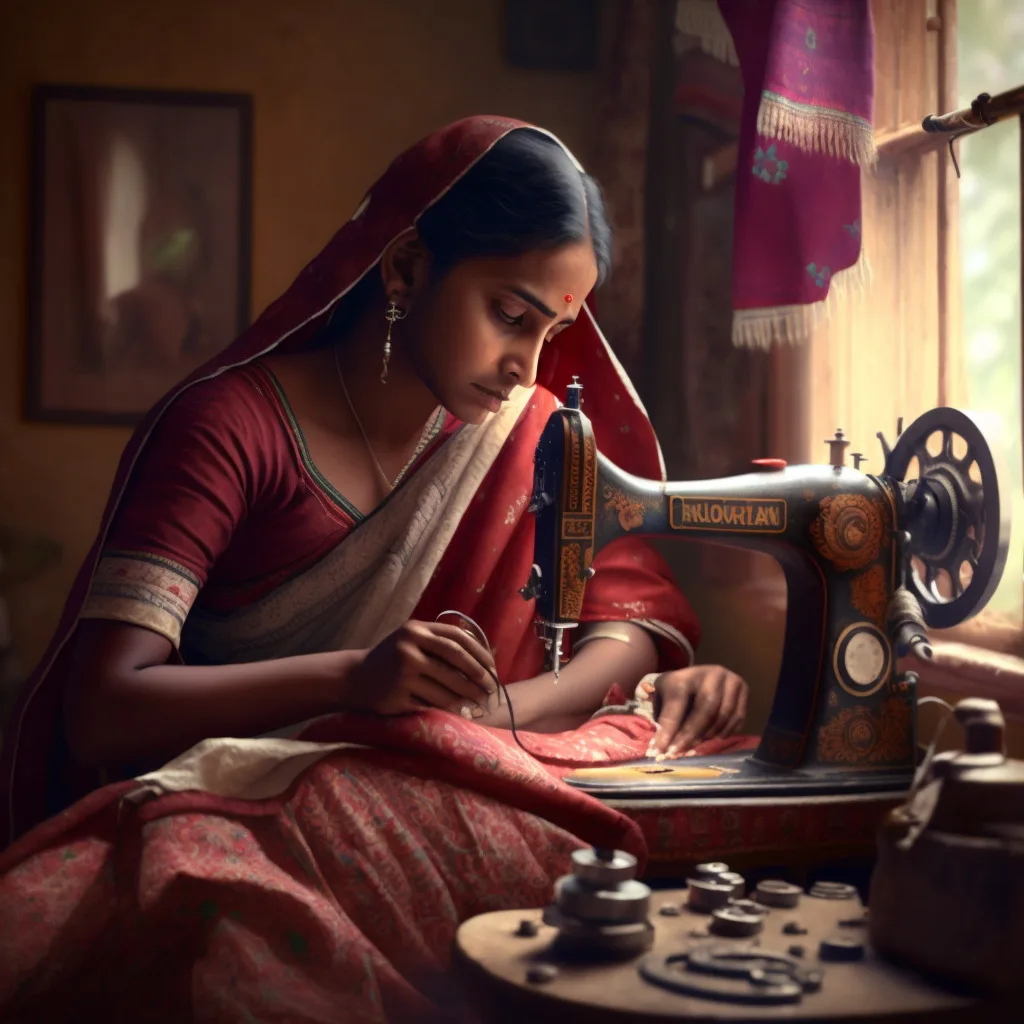Tailor Perth Specialists: Tailor-Made Solutions for Elegant Clothes
Tailor Perth Specialists: Tailor-Made Solutions for Elegant Clothes
Blog Article
Understanding the Tailoring Refine: From Fabric Choice to Final Suitable for the Suitable Wardrobe
The customizing process is a complex interplay of art and scientific research, beginning with the critical choice of textile selection and culminating in the precise modifications of last installations. Each textile type brings distinct qualities that influence not just the visual appeal yet additionally the garment's long life and viability for various occasions.
Relevance of Textile Selection
Choosing the ideal material is vital in the customizing procedure, as it straight influences the convenience, toughness, and general visual of the final garment (tailor perth). The selection of fabric establishes the structure for the garment's design, capability, and efficiency. Various textiles have distinct properties, such as weight, breathability, and stretch, which can substantially affect just how the garment drapes and fits the body
Additionally, textile choice affects the garment's long life and convenience of treatment. Top notch textiles can withstand damage, maintaining their look and framework in time, while lower-quality materials may lead to pilling or fading. Furthermore, the best textile adds to the garment's ability to shift across celebrations and periods, thereby boosting adaptability.
A customized item made from a proper material not only showcases workmanship but also raises the user's self-confidence. Consequently, comprehending the subtleties of textile selection is critical for any customizing venture. It makes sure that the last item not only satisfies the visual wishes of the customer but likewise lines up with useful demands, therefore attaining a harmonious equilibrium between form and function in the customized wardrobe.
Kinds of Fabrics and Their Uses
Comprehending the numerous sorts of fabrics readily available is essential for making educated decisions throughout the customizing process. Each fabric has special features that determine its viability for particular garments and occasions.
Cotton, understood for its breathability and softness, is excellent for laid-back wear and summer apparel. Its adaptability allows it to be customized right into whatever from t shirts to dresses. Wool, on the other hand, is preferred for its heat and framework, making it a superb choice for official suits and outerwear - tailor perth. Its all-natural flexibility helps garments preserve shape with time.
Silk exhibits high-end and is lightweight, making it best for eveningwear and fragile blouses; nonetheless, it calls for cautious handling because of its delicacy. Linen, with its distinctive coating, is a preferred option for warm climates, giving a crisp and airy feel, yet it wrinkles quickly, which may impact the garment's look.
Synthetic materials, such as polyester and nylon, offer longevity and resistance to creases, making them suitable for day-to-day wear and active clothes. Recognizing these fabric kinds and their properties permits much better decision-making, making sure that each customized piece not just fits well but likewise lines up with the desired function and occasion.
The Tailoring Strategies Clarified
The art of tailoring depends on a selection of strategies that change textile into well-fitted garments. Central to this process is pattern composing, where a dressmaker creates templates based upon the customer's measurements and preferred style. This preliminary step guarantees that the garment will fit the wearer correctly before any reducing occurs.
As soon as patterns are established, cutting strategies enter into play. Precision is vital as inaccuracies can lead to misfitting garments. Tailors typically make use of different reducing approaches, such as single-layer cutting for elaborate designs and multiple-layer reducing for efficiency on common patterns.
Basting is an additional vital technique, allowing dressmakers to momentarily sew textile items together for an initial fitting. This technique provides the chance to examine the drape and total shape prior to last stitching.
Seaming methods, including flat-felled joints and French seams, improve the garment's resilience and visual appeal. Tailors likewise use methods such as interfacing and extra padding to supply framework and form to details areas, like shoulders and collars.
Finally, ending up techniques, consisting of hemming and side completing, make certain the garment's long life while giving a polished look. Together, these techniques form the foundation of effective tailoring, leading to elegant, tailor-made clothing.
Suitable Modifications and Considerations

Trick factors to consider consist of the shoulder fit, which needs to neither droop neither restrict movement, and the sleeve length, which should permit comfy important source arm motion while maintaining a polished appearance. In addition, changes at the waistline can fine-tune the shape, with alternatives to let out or absorb fabric as required.
The surge of trousers is an additional crucial factor; it needs to sit conveniently above the hips without triggering pain, permitting for convenience of motion. Hemming sizes for both trousers and skirts need to mirror the wearer's favored design while appreciating proportions.

Keeping Your Tailored Garments
Correct upkeep of tailored garments is necessary to protecting their fit and look in time. To make certain long life, normal cleansing is critical. Always adhere to the treatment label directions, which might recommend dry cleaning for delicate fabrics or device washing for even more resilient products. Prevent frequent laundering, as this can use down the fabric and change the garment's shape.
Storage is just as important; usage padded hangers for jackets and coats to maintain shoulder framework, and store pants folded nicely or hung to avoid creasing. Shield garments from direct sunlight, which can fade shades and damages fibers.
In addition, regular evaluations for small fixings can protect against bigger issues. Examine for loose switches, fraying joints, or signs of moth damage, attending to these problems immediately to maintain the garment's integrity.
Last but not least, think about seasonal description rotation. Using customized items in moderation permits fabrics to recover, extending their life expectancy. By applying these maintenance methods, you can make sure that your customized garments stay as pristine as the day you initially wore them, boosting your excellent wardrobe for many years ahead.
Verdict
The tailoring process, incorporating material option, experienced techniques, and accurate suitable changes, plays an important duty in developing garments that enhance both convenience and design. Recognizing the importance of upkeep prolongs the life of tailored garments, solidifying their worth in a well-curated wardrobe.
Choosing the best material is important in the customizing procedure, as it straight affects the he has a good point convenience, toughness, and general visual of the final garment. The option of material sets the structure for the garment's style, performance, and functionality. Different fabrics possess special buildings, such as stretch, weight, and breathability, which can considerably influence just how the garment drapes and fits the body.
The art of customizing depends on a selection of techniques that transform material right into well-fitted garments.The customizing process, encompassing material selection, competent strategies, and exact suitable modifications, plays a critical function in creating garments that enhance both comfort and style.
Report this page